Home>Gardening & Outdoor>Landscaping Ideas>When To Start Cutting Grass In Pennsylvania
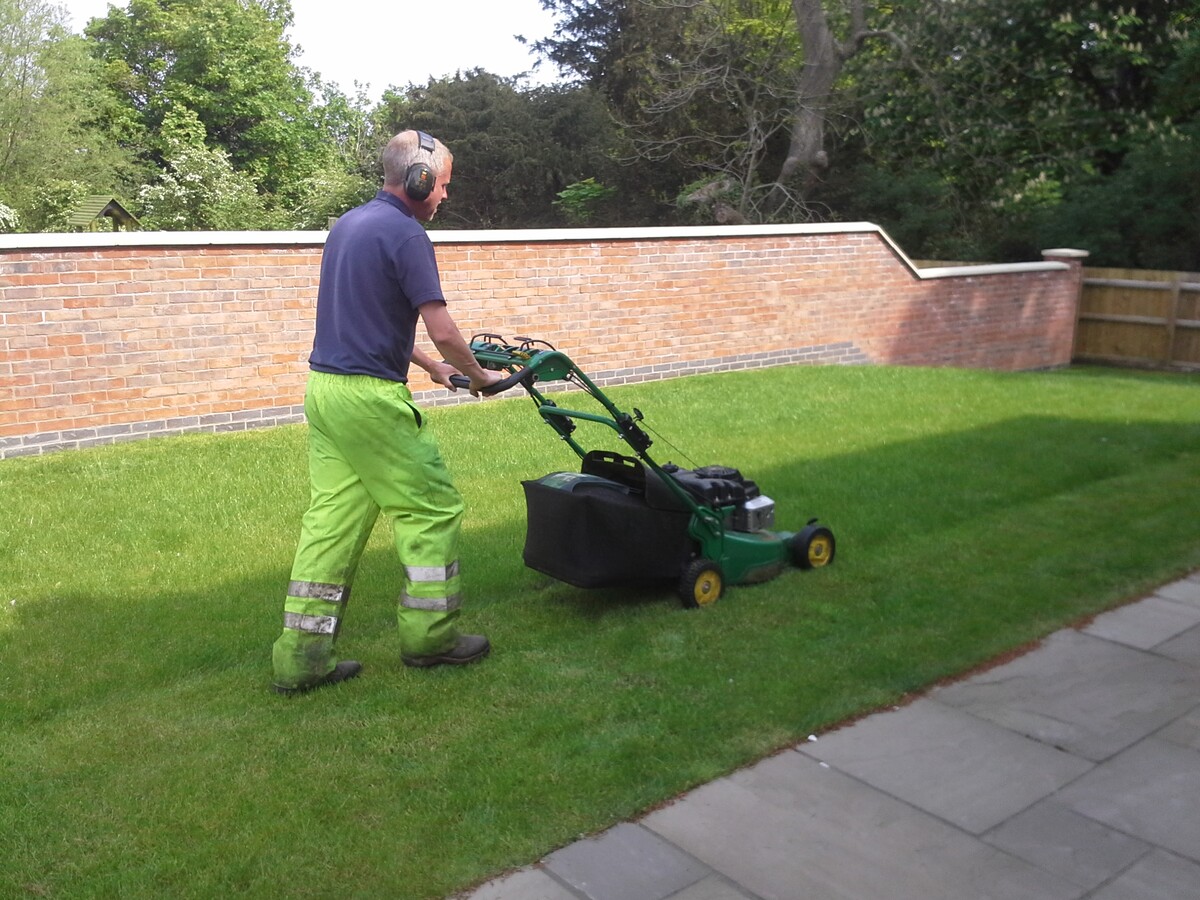

Landscaping Ideas
When To Start Cutting Grass In Pennsylvania
Modified: August 18, 2024
Looking for landscaping ideas in Pennsylvania? Find out when to start cutting grass and get expert tips for maintaining a beautiful lawn. Discover the best practices for your landscaping needs.
(Many of the links in this article redirect to a specific reviewed product. Your purchase of these products through affiliate links helps to generate commission for Storables.com, at no extra cost. Learn more)
Introduction
Welcome to the beautiful state of Pennsylvania, where lush green landscapes and manicured lawns are a testament to the pride that residents take in their outdoor spaces. As the seasons transition from the chill of winter to the warmth of spring, many homeowners eagerly anticipate the sight of vibrant, healthy grass blanketing their yards. However, the question often arises: when is the ideal time to start cutting grass in Pennsylvania?
Understanding the nuances of Pennsylvania’s climate and the unique characteristics of its grasses is crucial for maintaining a healthy and visually appealing lawn. In this comprehensive guide, we will explore the factors to consider when determining the best time to start cutting grass, along with valuable tips to ensure that your lawn thrives throughout the growing season. Whether you’re a seasoned homeowner or a first-time gardener, this article will provide you with the insights and knowledge needed to make informed decisions about lawn care in Pennsylvania.
Key Takeaways:
- Timing is crucial when cutting grass in Pennsylvania. Late March to early April is the best time to start, ensuring healthy and vibrant lawns throughout the growing season.
- Implementing best practices, such as sharpening mower blades and adhering to the one-third rule, promotes a well-groomed and thriving lawn in Pennsylvania.
Read more: When To Start Cutting My Grass
Factors to Consider
When it comes to determining the optimal time to start cutting grass in Pennsylvania, several factors come into play. Understanding these elements will help you make informed decisions about lawn care and maintenance.
- Grass Type: Pennsylvania is home to a variety of grass species, each with its own growth patterns and maintenance requirements. Cool-season grasses, such as Kentucky bluegrass and fescue, thrive in Pennsylvania’s climate. These grasses experience peak growth in the spring and fall, making these seasons ideal for regular mowing.
- Climate: Pennsylvania’s diverse climate ranges from humid subtropical to humid continental, with varying temperature and precipitation patterns across different regions. Understanding the microclimate of your specific location within Pennsylvania will provide valuable insights into the local growing conditions for your grass.
- Soil Conditions: The composition and health of the soil in your lawn play a crucial role in determining the appropriate timing for grass cutting. Soil moisture, pH levels, and nutrient content all influence grass growth and resilience.
- Growth Rate: Monitoring the growth rate of your grass is essential for gauging when to commence cutting. As spring ushers in warmer temperatures and increased sunlight, grass growth accelerates, signaling the need for regular maintenance.
- Weather Patterns: Keeping an eye on weather forecasts is essential, as excessive rain or drought can impact the timing of grass cutting. Wet grass is more challenging to mow and can lead to clumping, while prolonged dry spells may necessitate adjustments to your mowing schedule to prevent stress on the grass.
By taking these factors into account, you can develop a tailored approach to lawn care that aligns with the specific conditions of your property in Pennsylvania. This understanding will serve as the foundation for determining the best time to start cutting grass, ensuring that your lawn remains healthy and vibrant throughout the year.
Best Time to Start Cutting Grass
As the arrival of spring breathes new life into Pennsylvania’s landscapes, homeowners eagerly anticipate the opportunity to revive their lawns after the dormancy of winter. Determining the best time to start cutting grass in Pennsylvania involves a thoughtful assessment of both environmental cues and the specific needs of the grass species in your lawn.
In Pennsylvania, the transition from late March to early April marks an opportune time to begin cutting grass. As the ground gradually thaws and the days lengthen, cool-season grasses experience a surge in growth, signaling the onset of the active growing season. This period presents an ideal window to initiate regular mowing and establish a consistent maintenance routine for your lawn.
When the grass reaches a height of approximately 3 to 4 inches, it is advisable to commence mowing. This height range allows for the removal of excess leaf material without unduly stressing the grass. Regular mowing at the appropriate height encourages lateral growth and helps the grass develop a dense, lush appearance, contributing to a healthy and resilient lawn.
It’s important to adjust the frequency of mowing based on the growth rate of the grass, which can vary depending on factors such as temperature, rainfall, and sunlight. In the early stages of spring, you may find that mowing once a week is sufficient to maintain an optimal grass height. As the season progresses and the growth rate accelerates, you may need to increase the frequency of mowing to prevent the grass from becoming overly tall and unruly.
By closely monitoring the growth patterns of your grass and aligning your mowing schedule with its needs, you can ensure that your lawn remains healthy and visually appealing throughout the growing season. Additionally, practicing proper mowing techniques, such as using sharp blades and adhering to the one-third rule (never removing more than one-third of the grass blade in a single mowing session), will further contribute to the well-being of your lawn.
By embracing the arrival of spring as an opportunity to nurture your lawn, you can set the stage for a season of vibrant, verdant beauty in your outdoor space. Understanding the best time to start cutting grass in Pennsylvania empowers you to proactively care for your lawn, fostering a thriving and inviting environment for relaxation and enjoyment.
Wait until the grass is at least 3 inches tall before cutting in Pennsylvania. This allows the roots to establish and helps the grass withstand stress.
Tips for Cutting Grass in Pennsylvania
Maintaining a healthy and well-groomed lawn in Pennsylvania involves more than just regular mowing. By incorporating the following tips into your lawn care routine, you can elevate the health and appearance of your grass, ensuring that it thrives in the diverse climate of the Keystone State.
- Sharpen Mower Blades: Keeping your mower blades sharp is essential for achieving clean, precise cuts. Dull blades can tear the grass, leading to a ragged appearance and increased susceptibility to disease. Regularly sharpen your mower blades to ensure a neat and uniform cut, promoting the overall health of the grass.
- Adhere to the One-Third Rule: Avoid the temptation to cut the grass too short, especially during the active growing season. Adhering to the one-third rule – never removing more than one-third of the grass blade in a single mowing session – prevents stress on the grass and encourages robust growth.
- Alternate Mowing Patterns: Varying your mowing patterns with each session helps prevent soil compaction and minimizes wear on the grass. Consider mowing in different directions, such as horizontal stripes one week and vertical stripes the next, to promote even growth and a visually appealing lawn.
- Mow When Dry: Whenever possible, mow the lawn when the grass is dry. Wet grass can clump together and create an uneven mowing surface, leading to an inconsistent cut. Additionally, mowing wet grass increases the risk of fungal diseases spreading among the grass blades.
- Leave Grass Clippings: Consider leaving grass clippings on the lawn after mowing, especially during the growing season. Grass clippings act as a natural mulch, returning essential nutrients to the soil as they decompose. This practice, known as grasscycling, supports the overall health of the lawn.
- Adjust Mowing Height: During periods of intense heat or drought, consider raising the mowing height to provide shade for the soil and help the grass retain moisture. Adjusting the mowing height based on environmental conditions can mitigate stress on the grass and promote resilience.
- Maintain Mower Maintenance: Regularly inspect and maintain your lawn mower to ensure optimal performance. This includes checking the oil, air filter, and spark plug, as well as cleaning the undercarriage to prevent grass buildup. A well-maintained mower contributes to a more efficient and effective mowing experience.
By implementing these tips, you can take proactive steps to care for your lawn and promote its long-term health and vitality. Embracing best practices for cutting grass in Pennsylvania will not only enhance the visual appeal of your outdoor space but also create a welcoming environment for outdoor activities and relaxation.
Conclusion
Caring for your lawn in Pennsylvania is a rewarding endeavor that allows you to create a vibrant and inviting outdoor space for relaxation and enjoyment. By considering the unique factors that influence grass growth in Pennsylvania, you can make informed decisions about the timing and techniques for cutting your grass, ensuring that it remains healthy and visually appealing throughout the year.
As the transition from winter to spring unfolds, the rejuvenation of Pennsylvania’s landscapes presents an opportune time to embark on a proactive lawn care journey. Understanding the best time to start cutting grass, along with implementing effective mowing practices and maintenance routines, will contribute to the long-term health and resilience of your lawn.
By sharpening mower blades, adhering to the one-third rule, and alternating mowing patterns, you can promote a well-groomed and thriving lawn. Embracing the natural mulching benefits of grass clippings and adjusting the mowing height based on environmental conditions further supports the vitality of your grass, creating an environment that beckons with lush, green beauty.
Ultimately, the care and attention you invest in your lawn will be reflected in its appearance, providing a welcoming setting for outdoor gatherings, recreational activities, and moments of relaxation. As you embark on your lawn care journey in Pennsylvania, may the insights and tips shared in this guide serve as valuable companions, empowering you to cultivate a lawn that flourishes with health and vibrancy.
With a thoughtful approach to lawn care and an understanding of the best practices for cutting grass in Pennsylvania, you can nurture a lawn that becomes a source of pride and natural beauty, enriching your outdoor living experience and creating lasting memories in the heart of your home.
Frequently Asked Questions about When To Start Cutting Grass In Pennsylvania
Was this page helpful?
At Storables.com, we guarantee accurate and reliable information. Our content, validated by Expert Board Contributors, is crafted following stringent Editorial Policies. We're committed to providing you with well-researched, expert-backed insights for all your informational needs.
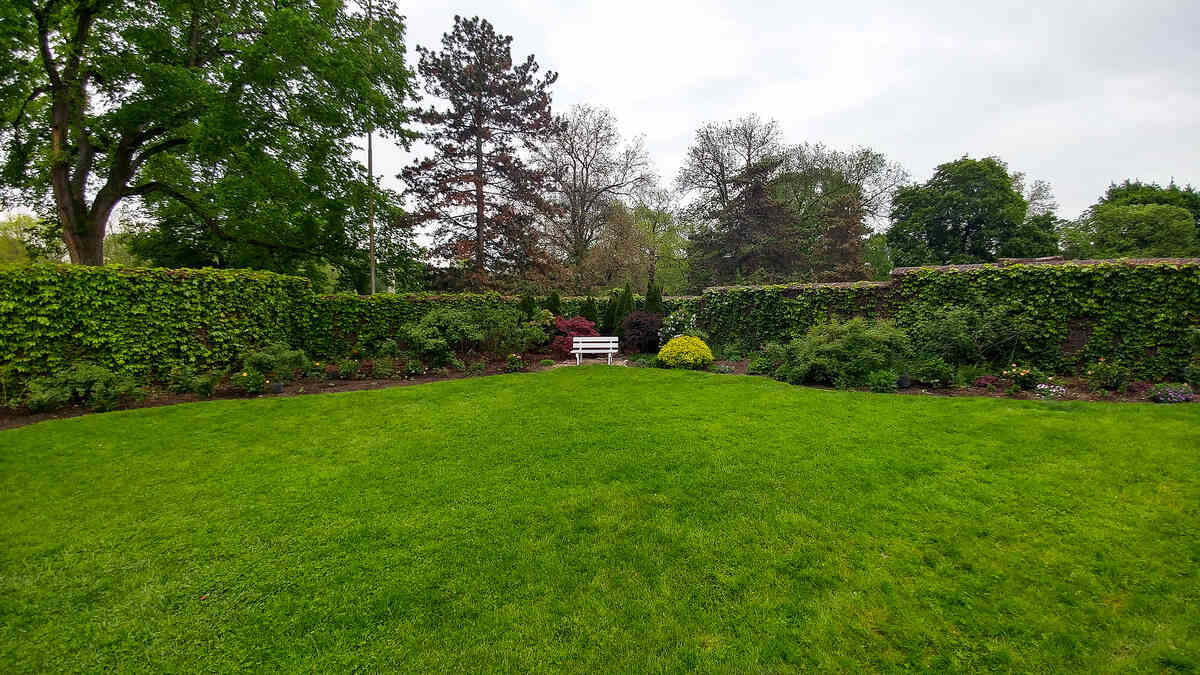
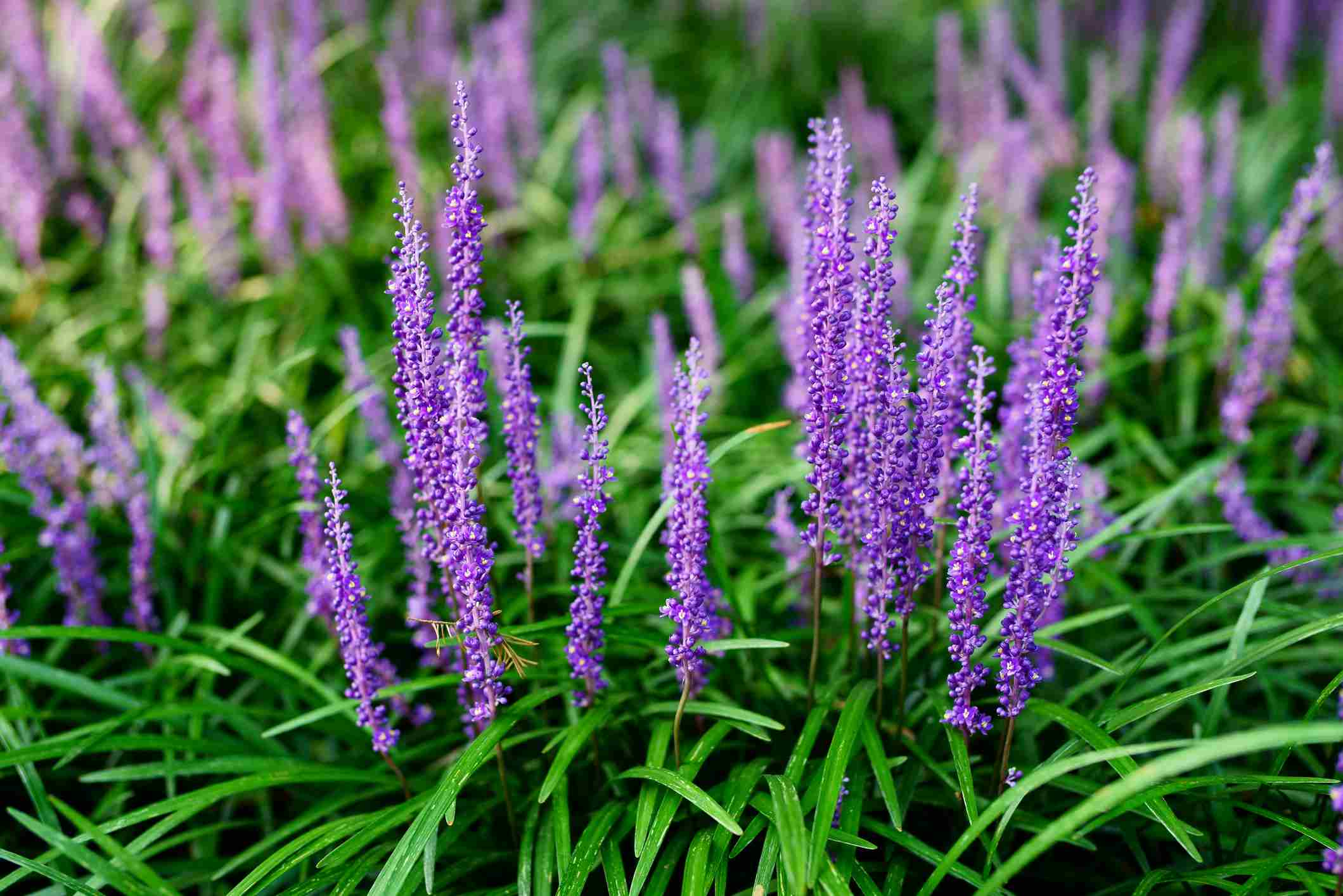

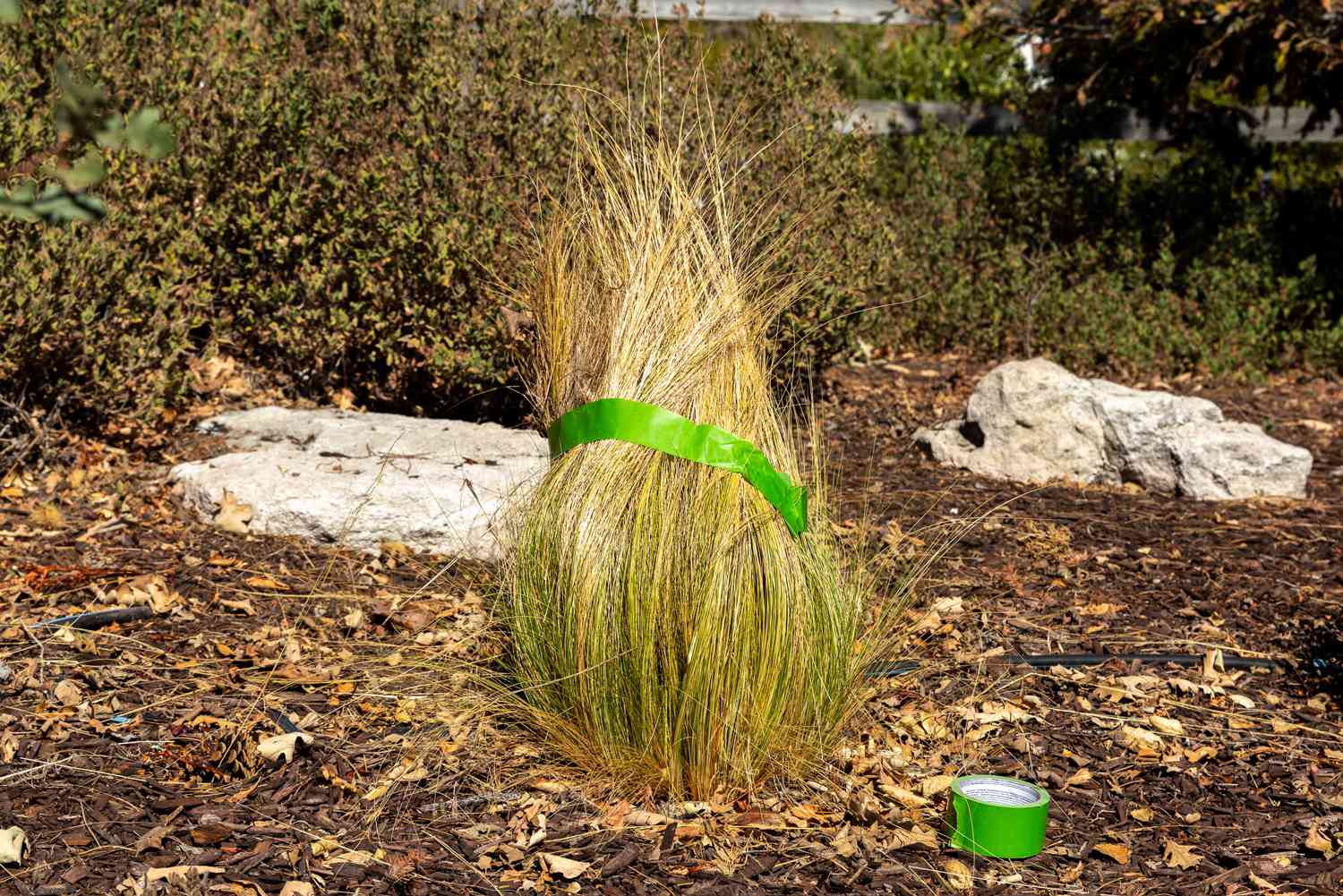
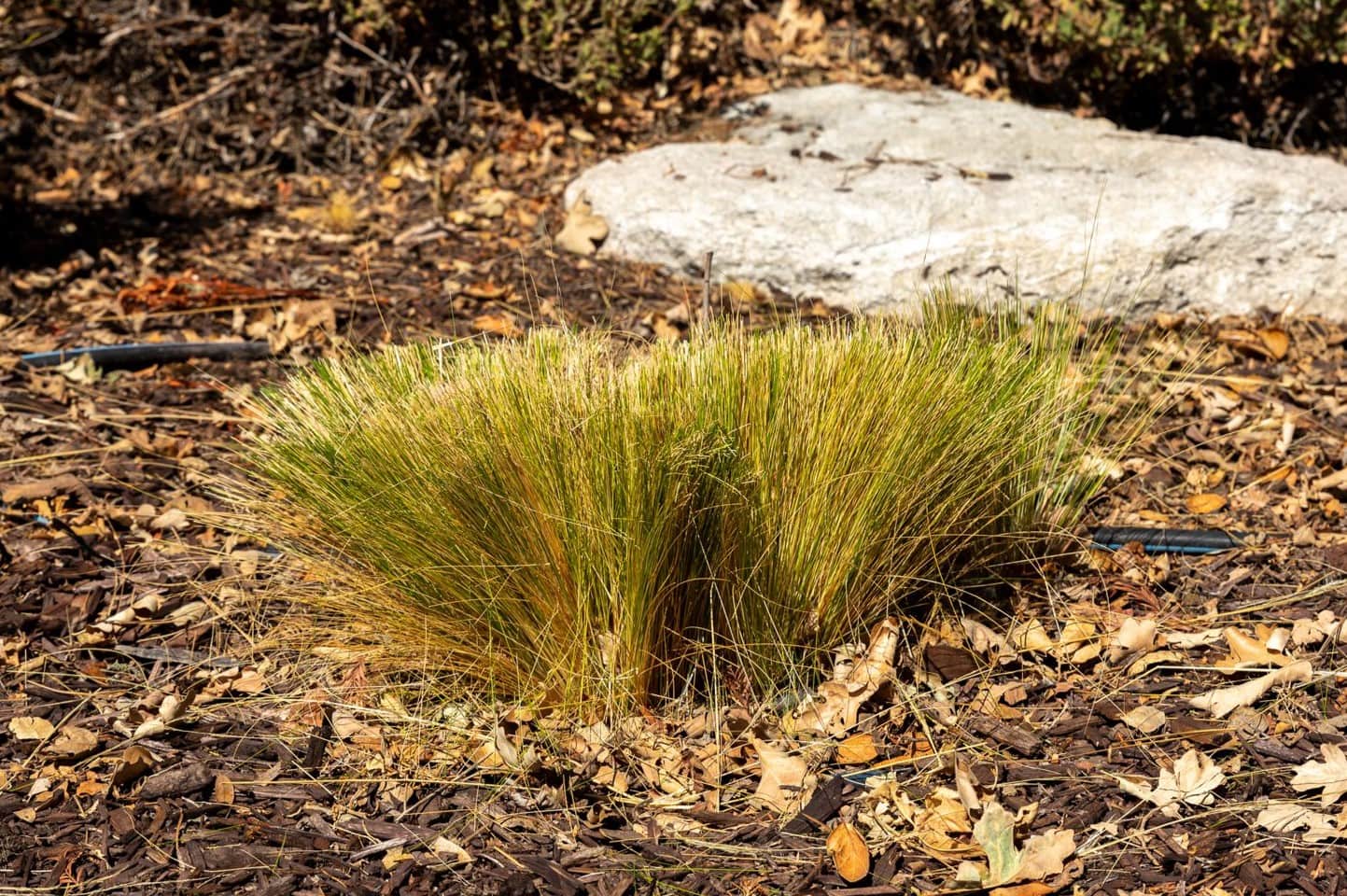

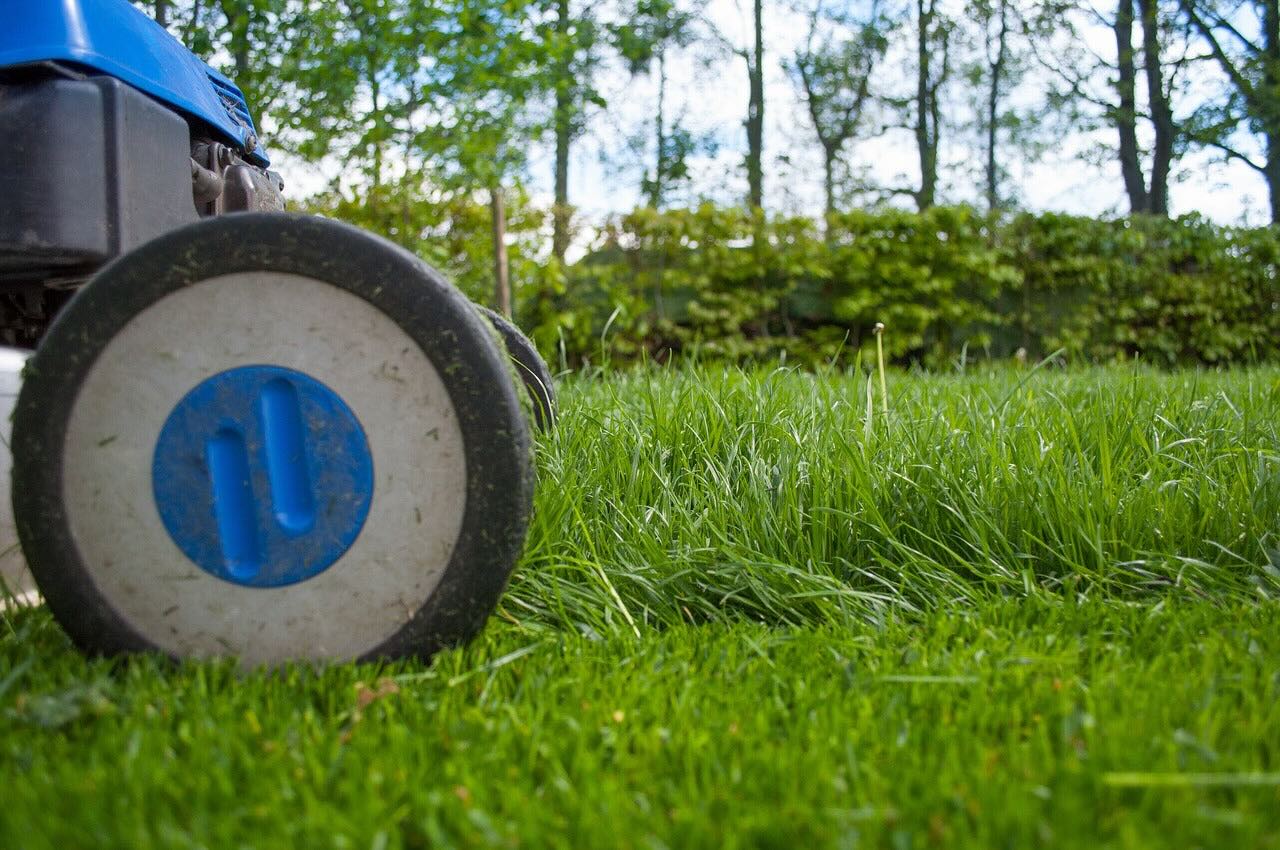
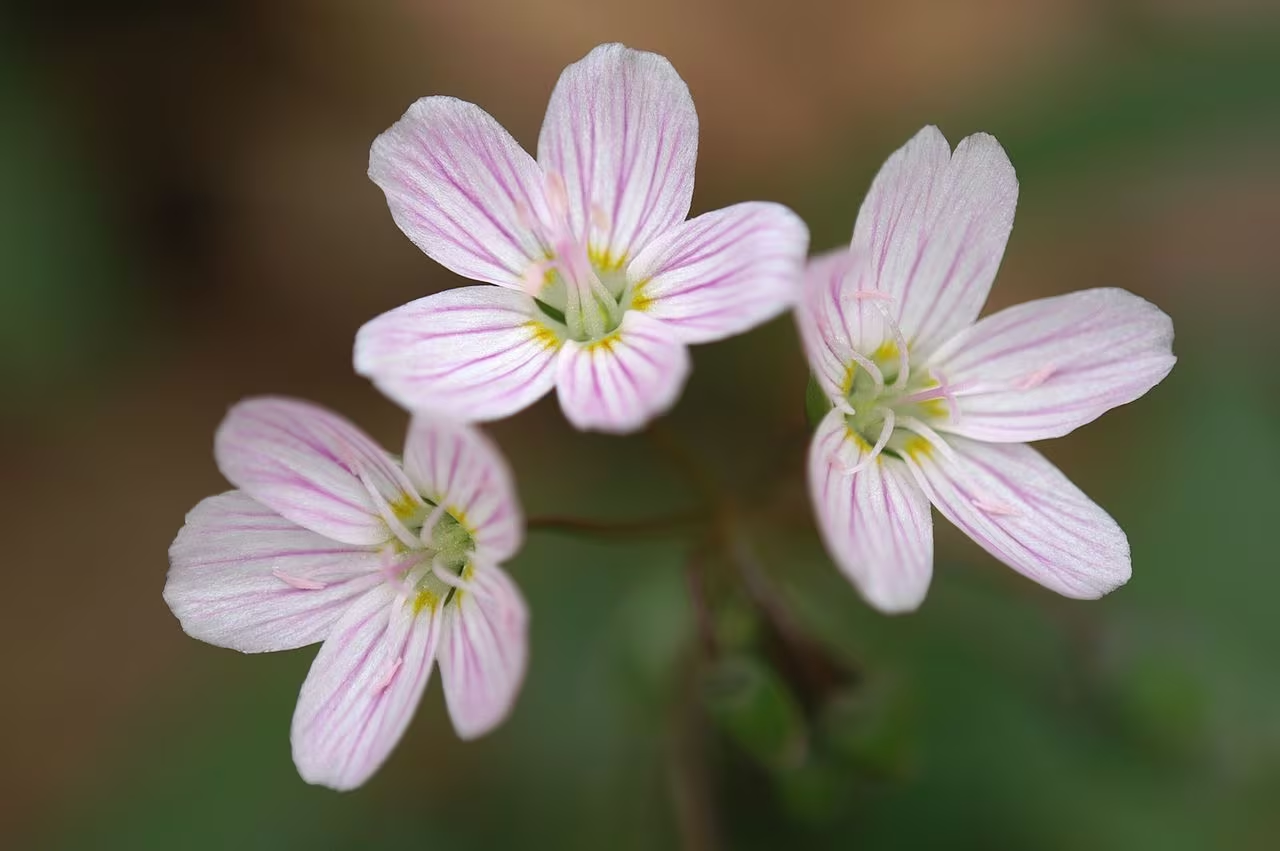
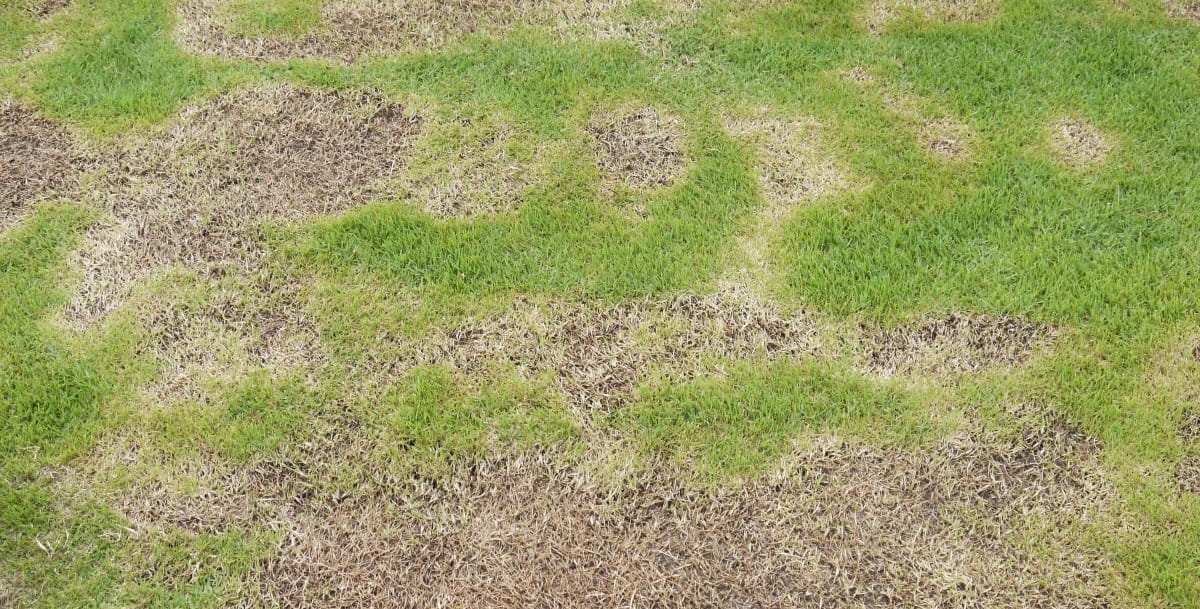
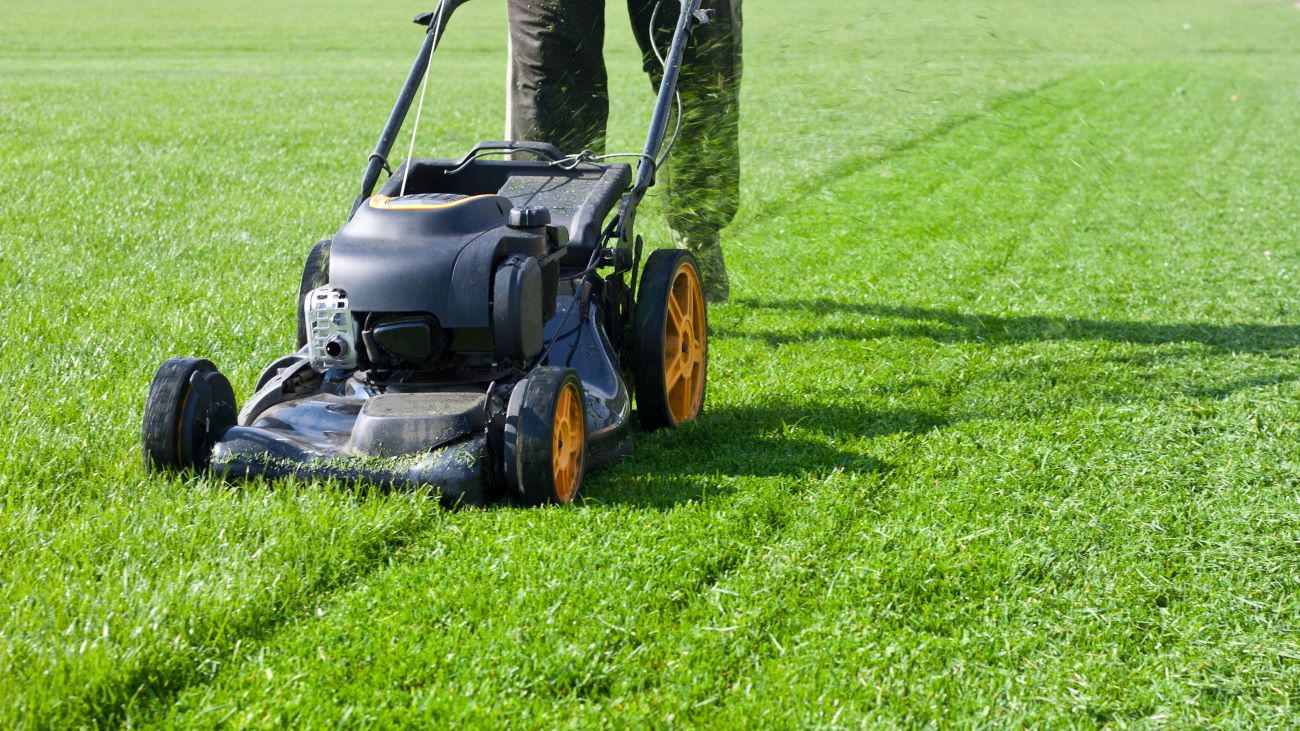
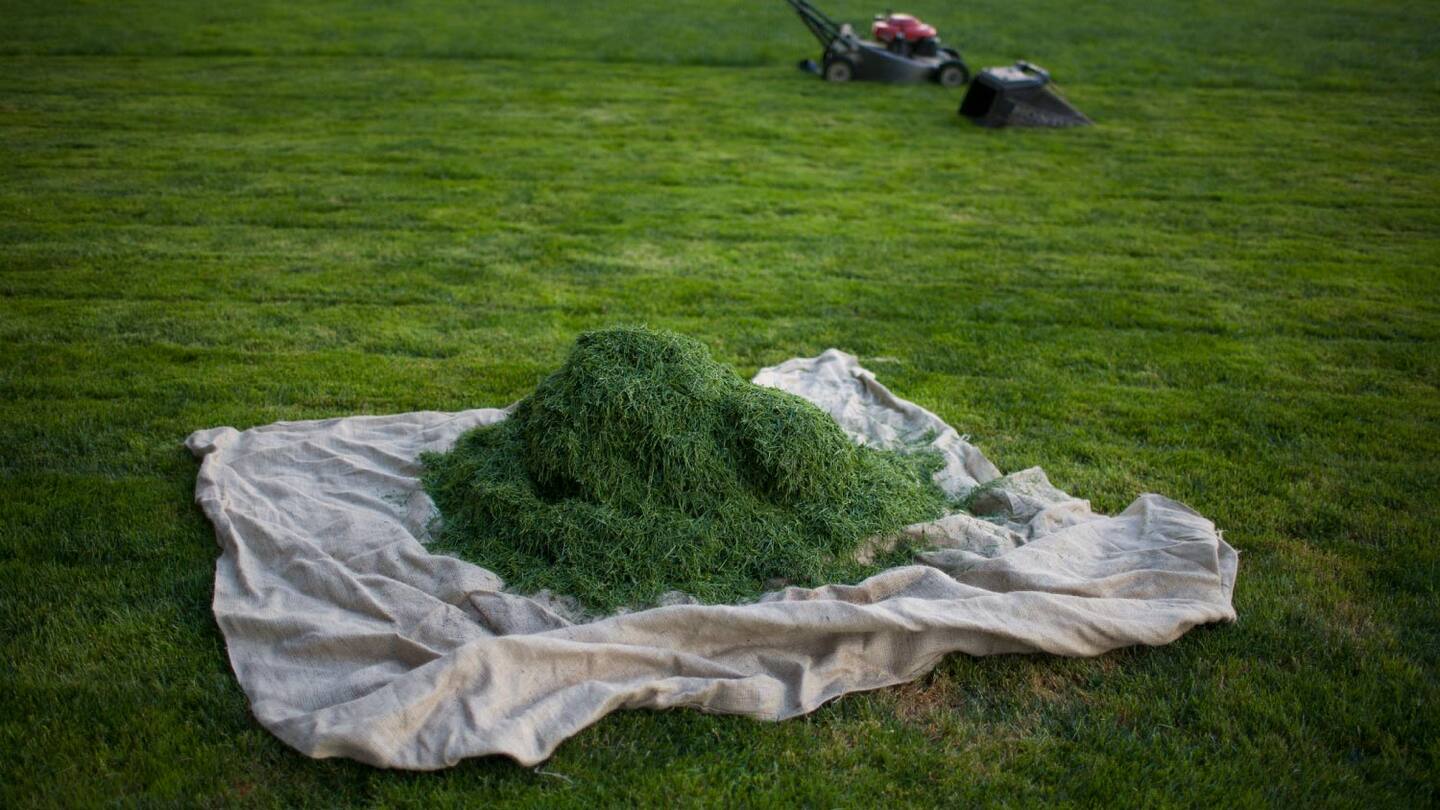
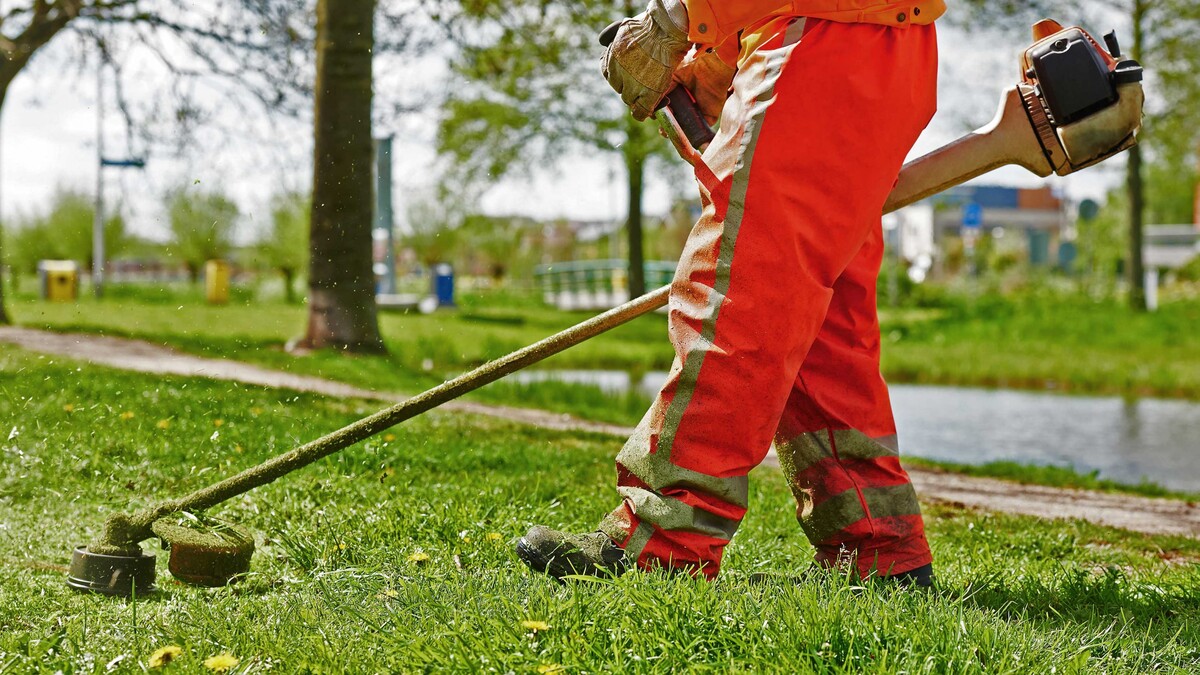
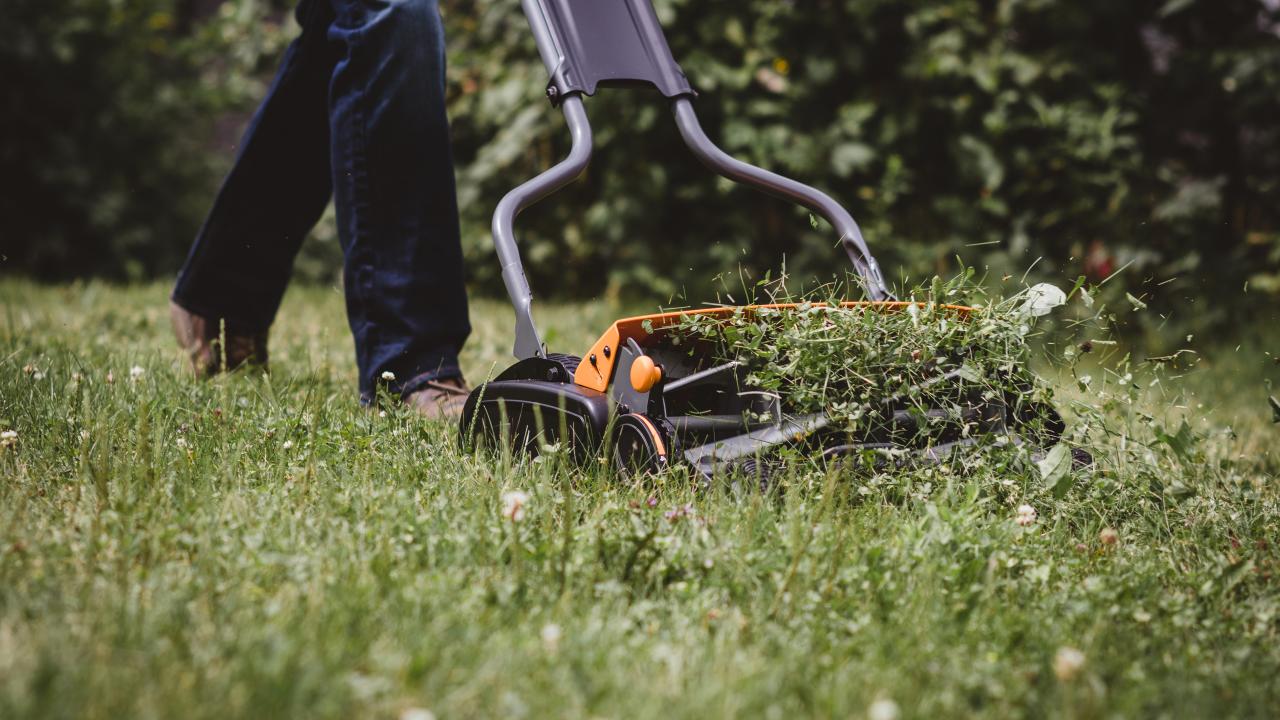
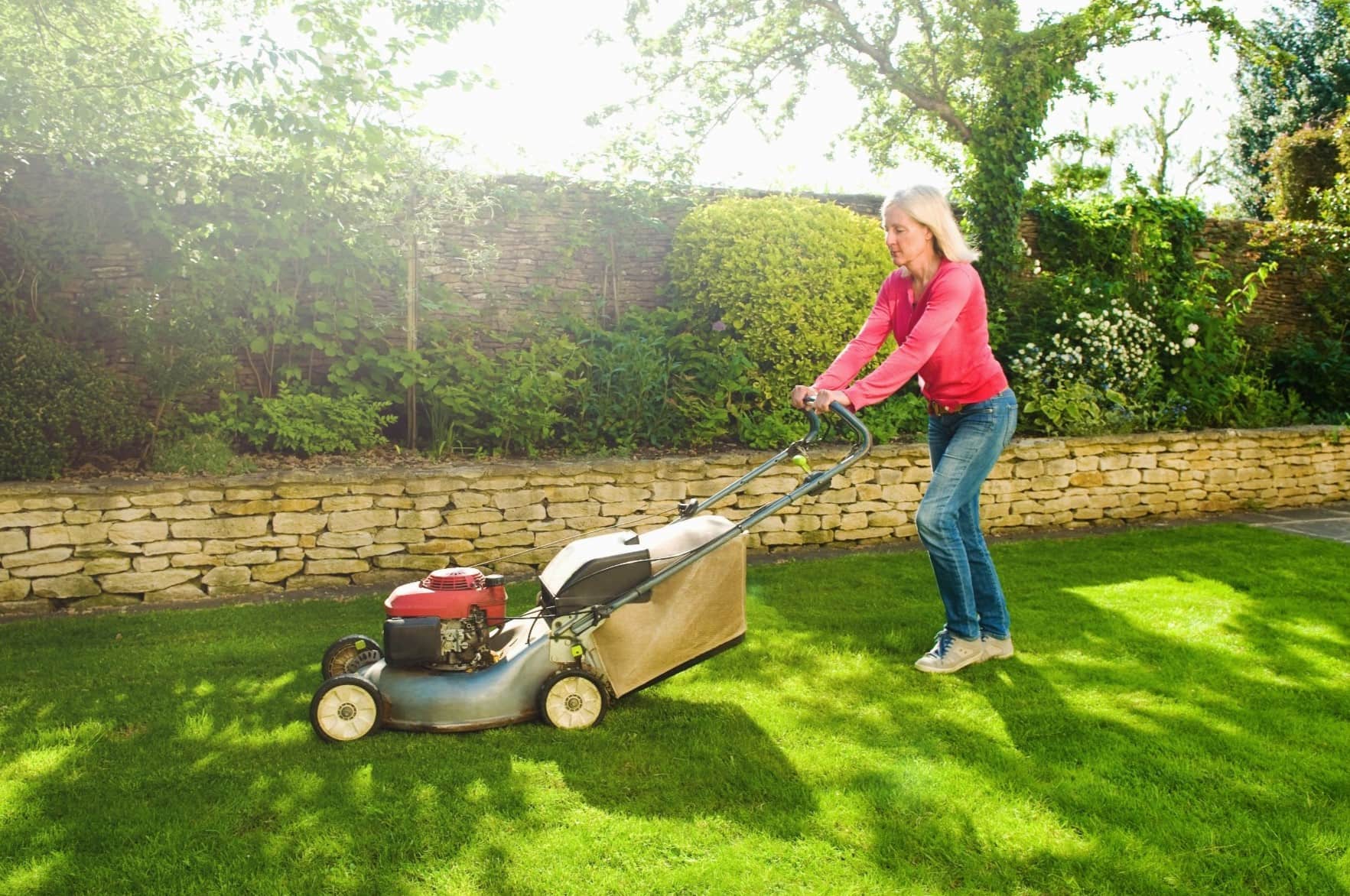
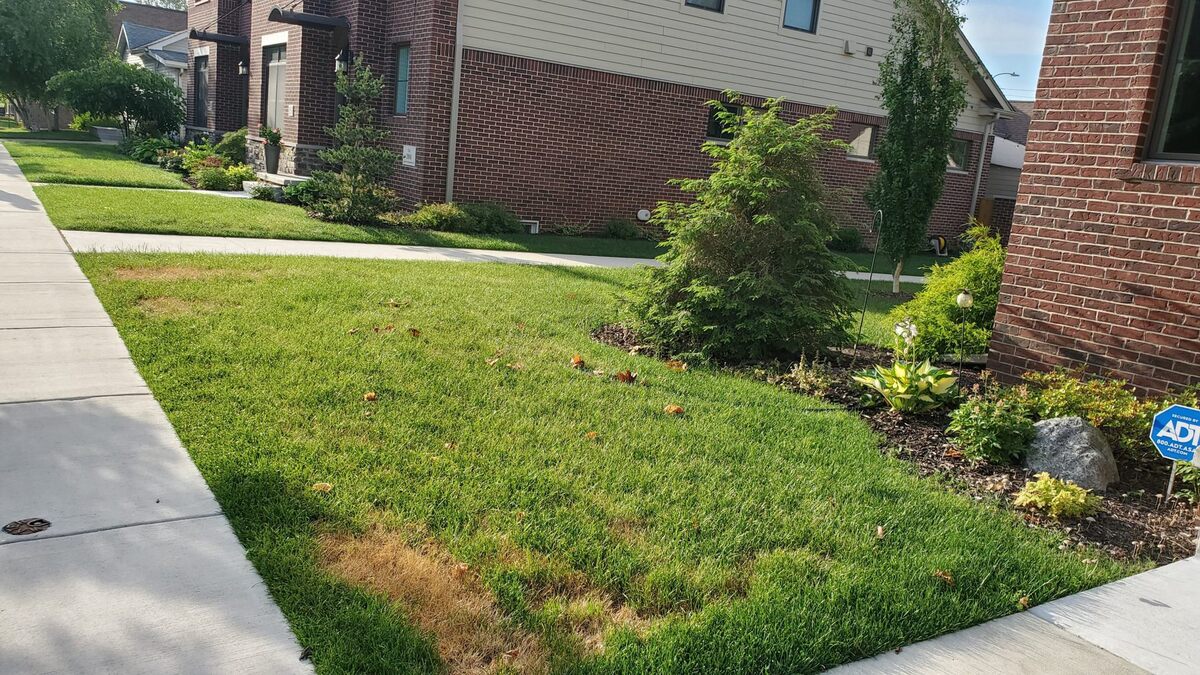

0 thoughts on “When To Start Cutting Grass In Pennsylvania”